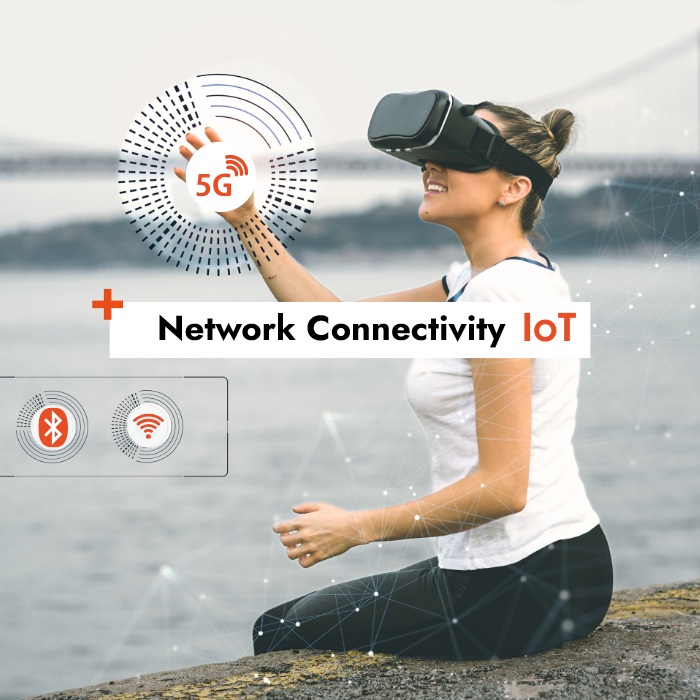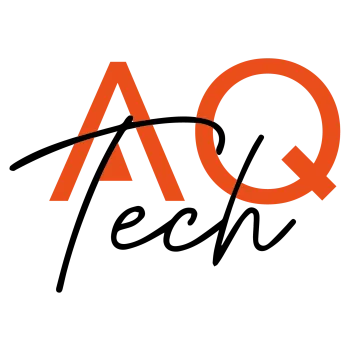
5 Key Criteria for Selecting the Connectivity of Your IoT Solution
Welcome to the fascinating world of the Internet of Things (IoT) — where choosing the right connectivity is one of the most strategic decisions in product development. At AQ-Tech, we see connectivity as the backbone of any reliable and scalable IoT product.
Here are the five essential criteria to help you navigate this choice with confidence, based on our holistic product development approach — from electronic design to prototyping and industrialization.
1. Range: defining your communication perimeter
The first question to answer is: how far should your device communicate? The required communication range will determine your network technology:
- Short range: Bluetooth, Wi-Fi, Zigbee, RFID – perfect for connected home or wearable devices.
- Long range: LoRa, Sigfox, GSM, LTE-M, NB-IoT – ideal for distributed systems or autonomous sensors.
Defining range early prevents re-engineering later and ensures that the selected connectivity aligns with your product’s real-world use cases.
2. Transmission capacity: optimizing data flow
Your project’s data volume and frequency directly influence connectivity choice. High-bandwidth applications (e.g. video, audio, telemetrics) require robust networks such as Wi-Fi or 4G/5G. Conversely, low-data IoT sensors can operate efficiently on LoRa or Sigfox with minimal power.
During prototype validation, our engineers analyze the balance between data rate, power consumption, and cost to select the most efficient solution for your application.
3. Reliability and quality of service: the non-negotiable factor
Reliable data transmission is crucial, especially for medical, industrial, or safety applications. Network stability, coverage, and latency must be evaluated thoroughly.
The ideal network should guarantee:
- Continuous and stable data transfer
- Predictable latency for real-time operations
- Secure communication channels
At AQ-Tech, reliability is not an option — it’s the foundation of our engineering philosophy.
4. Energy efficiency and sustainability
Energy consumption determines the autonomy of your IoT device. Each transmission consumes power, so choosing a technology that matches your usage pattern is vital.
Low-power wide area networks (LPWANs) such as LoRa, Sigfox, or NB-IoT are optimized for extended battery life, while high-speed protocols demand continuous power. We integrate energy optimization at the earliest design stage to ensure both performance and sustainability.
This approach reduces not only maintenance needs but also the environmental footprint of connected products.
5. Total cost: evaluating long-term viability
Finally, consider the total cost of connectivity: hardware, subscription, maintenance, and data infrastructure. A cheap network module can become costly over time if it leads to poor performance or frequent replacements.
At AQ-Tech, we analyze the total cost of ownership of each connectivity option to ensure that your IoT product remains both technically and economically viable through its entire lifecycle.
Conclusion
Selecting the right connectivity means finding the perfect balance between range, data needs, reliability, power, and cost. It’s a strategic decision that impacts not only product performance but also long-term sustainability and user satisfaction.
With its multidisciplinary expertise in electronics, prototyping, and industrialization, AQ-Tech helps you design, test, and industrialize connected solutions that are efficient, scalable, and ready for the market.




